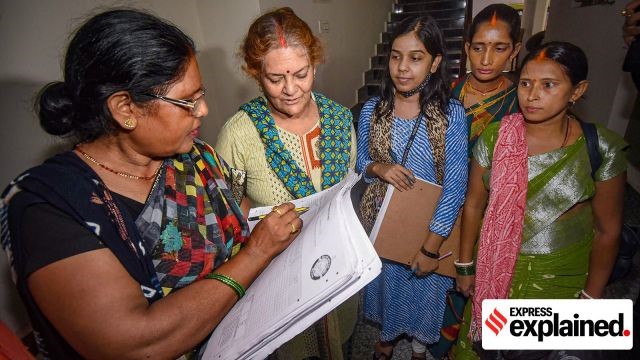Caste Data in India: The SECC 2011 and the Road Ahead

- 05 May 2025
Context:
India has not released detailed caste-based population data since the 1931 Census, leaving a significant void in understanding the country’s socio-economic and caste demographics. The Socio Economic and Caste Census (SECC) 2011 attempted to fill this gap, but while socio-economic data was released in 2016, caste-wise data—except for total Scheduled Castes (SCs) and Scheduled Tribes (STs)—was withheld.
Historically, the 1941 Census did collect caste data, but findings were not released due to World War II. Post-independence, Indian Censuses have only collected data on SCs and STs, without disaggregating by specific caste or including Other Backward Classes (OBCs). As a result, the 1931 Census remains the last comprehensive source of caste-wise demographic data, and now serves as the baseline for any future caste enumeration, including the pandemic-delayed Census 2021.
SECC 2011: Objectives and Scope
Launched by the Ministry of Rural Development on June 29, 2011, SECC was a comprehensive door-to-door survey aimed at assessing the socio-economic status of rural and urban households across the country. Conducted in approximately 24 lakh enumeration blocks, each covering about 125 households, the SECC aimed to support evidence-based policy formulation and targeted implementation of welfare schemes. While the socio-economic part of the SECC was managed by the Rural Development Ministry, the caste data was overseen by the Ministry of Home Affairs under the Registrar General of India (RGI).
Unlike Census 2011, which is legally bound to maintain confidentiality under the Census Act, SECC data is accessible to government departments for the identification of scheme beneficiaries.
SECC vs Census 2011: Key Differences
While both exercises shared some common demographic questions—such as age, gender, literacy, and marital status—the SECC collected more granular data. For example:
- Caste and Tribe Details: Census 2011 asked only whether a respondent belonged to SC or ST. SECC 2011 went further, asking for the exact name of the caste/tribe under categories like SC (Code 1), ST (Code 2), Other (Code 3), or No Caste/Tribe (Code 4).
- Religion-based Caste Restrictions: In line with a 1990 government order, SECC noted that only Hindus, Sikhs, and Buddhists can be listed as SCs, while STs can belong to any religion.
- Economic and Health Indicators: SECC asked about household assets (mobile phones, refrigerators, vehicles), housing conditions, source of lighting, water access, latrine availability, and kitchen facilities. It also collected details on disabilities (mental and physical) and chronic illnesses like TB and leprosy.
- Employment Data: SECC captured diverse income sources in both urban (e.g., rag-picking, street vending) and rural areas (e.g., cultivation, casual labour, manual scavenging). It also recorded landholding patterns and mechanisation levels in agriculture.
Conclusion
The absence of updated, disaggregated caste data has hindered the effective formulation of policies aimed at social justice and economic equity. The SECC 2011 highlighted the possibilities of comprehensive caste enumeration but fell short in data disclosure. The upcoming Census 2021, if it includes detailed caste data, could significantly reshape India’s welfare landscape by ensuring more targeted and inclusive governance through data-driven policymaking.
